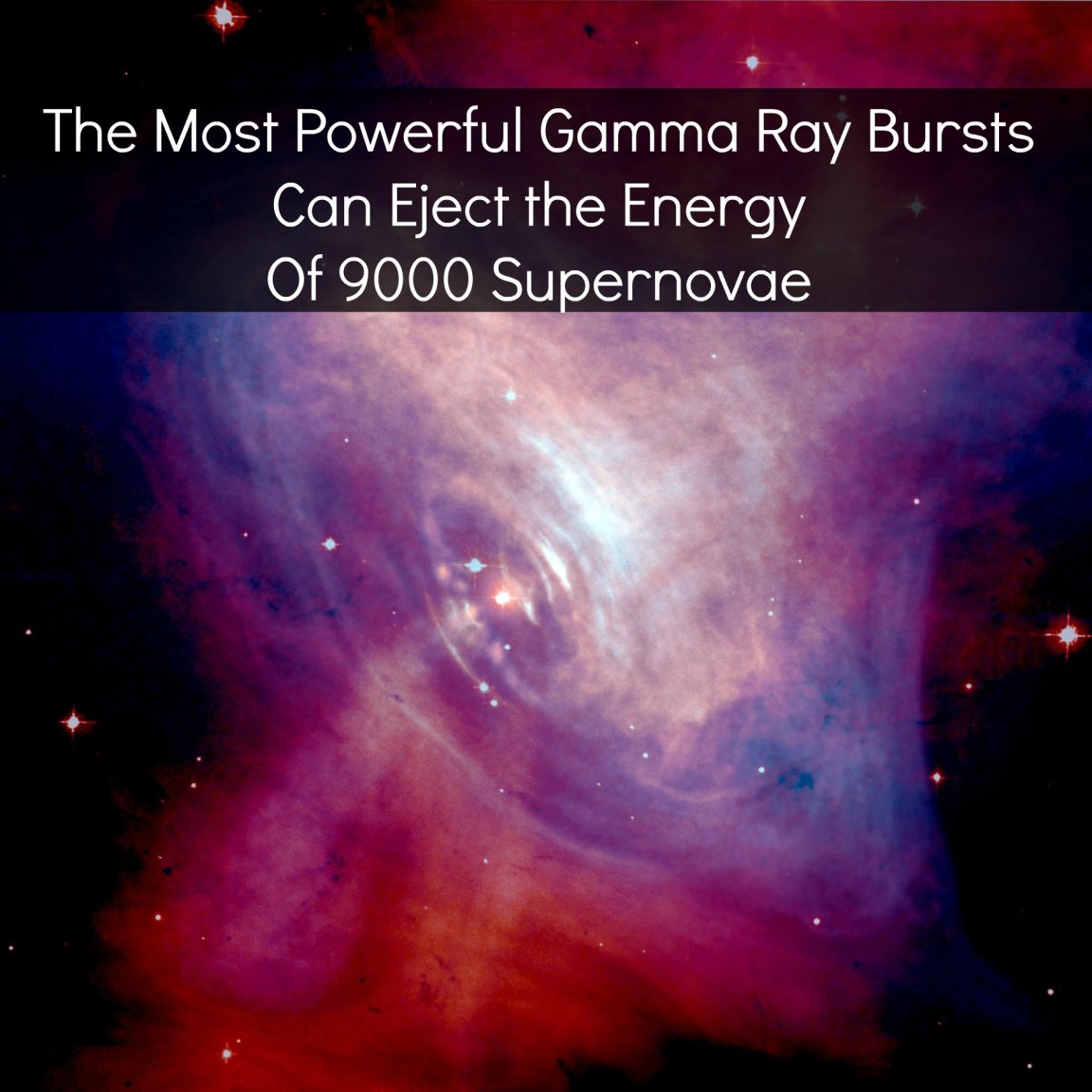

Gamma-Ray Bursts (GRBs) are some of the most energetic events in the universe. Unsurprisingly, they have been of great interest to the scientific community since their initial discovery in the 1960’s. GRBs are broken up into two types: Short Gamma-Ray Bursts (SGRB) and Long Gamma-Ray Bursts (LGRB). SGRB are observed bursts that are shorter than 2 seconds, and LGRB are observed bursts that are longer than 2 seconds. It was discovered in 1993 that these two subclasses of GRBs existed; however, at that time, the cause of the two different sub types was unknown.
Although their first detection was in the 1960’s and early 1970’s, the study of GRBs is relatively new in the field of astronomy. This is because GRBs were difficult to study, as the gamma-rays cannot be detected from the Earth’s surface (making instruments like a conventional telescope useless). Ultimately, we can’t detect these bursts from Earth because the gamma-rays interact with the Earth’s atmosphere and never make it to the planet’s surface. The detection of gamma-rays therefore must be done from space, or in some cases, a high altitude balloon to detect gamma-rays from the central galactic region.
Of course, GRB astronomy isn’t solely about gamma-rays. In recent years, with the faster acting and more accurate GRB satellites, we are now able to view the afterglow of the GRBs. Detecting the gamma-rays that are emitted from these bursts gives an indication of the duration and strength of the gamma-ray source, but it is only through the optical afterglow that a thorough spectral analysis can be undertaken. The afterglow of a GRB lasts far longer than the GRB event itself, and it has the benefit of being observed from either a space telescope or an optical telescope on the Earth’s surface.
The gamma-rays that are being detected come in several different energy brackets. Hard and soft GRBs make up the two main groups. On average, short GRBs have a peak energy at ~490 KeV, and they emit a hard gamma-ray. The long GRBs have an average energy peak of ~160 KeV and emit a soft gamma-ray (therefore, “hard” and “soft” refer to the energy of the photon).
Many gamma-ray observatories have been launched into space over the decades; however, GRBs are still the “new kid on the block,” so to speak. GRBs were neglected and forgotten for several decades before being revisited in the 1990’s. We still have so much to learn about these fascinating bursts of gamma-rays. They may also hold the key to our probing the first stars that ever existed, their extremely energetic explosions reaching out to us across the vastness of the universe. Only time will tell.